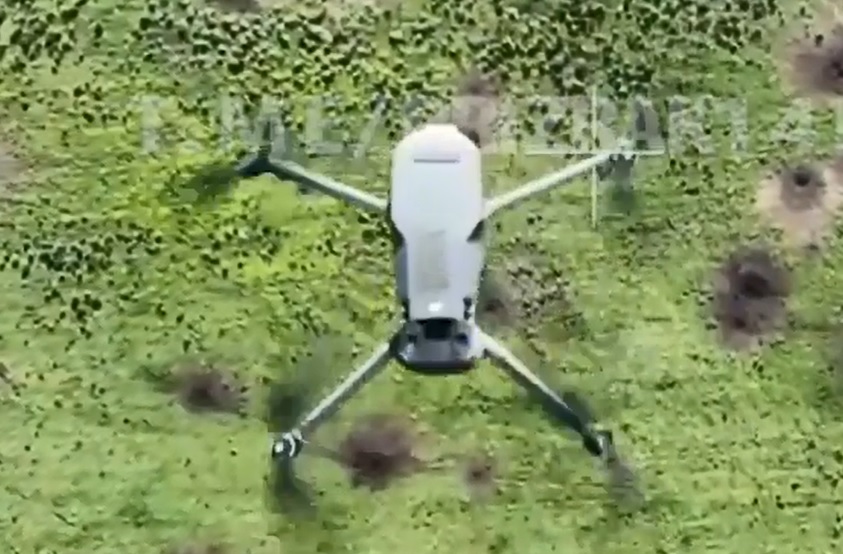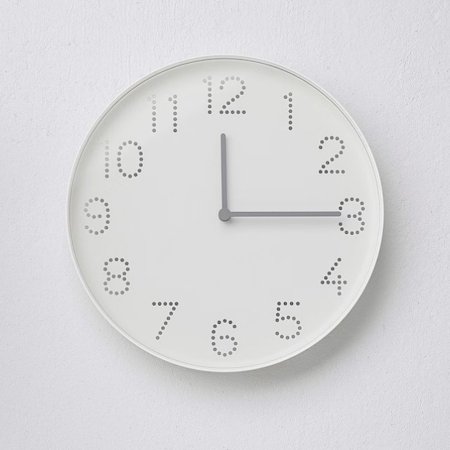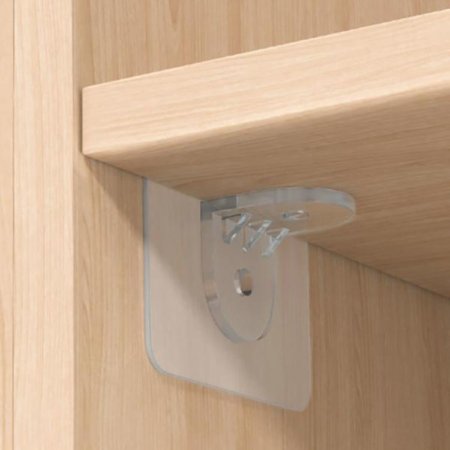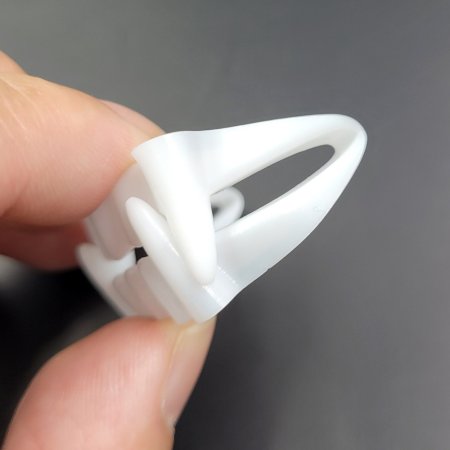Airborne Drones War. Episode X
The war in Ukraine is the biggest armed conflict in the world since the Korean War in 1950-1953. It can be argued with 90% probability that this is either the eve or the beginning of World War 3, regardless of the outcome of the war in Ukraine itself.
In Eastern Europe today, we are witnessing the formation of the shape of 21st century wars. The military doctrines of the second half of the 20th century are completely irrelevant, but will continue to be used by the warring parties by inertia. At the same time, events are increasingly taking place on the battlefield that demonstrate the direction in which military technology will evolve.
These are robotisation, miniaturisation, hyperspeed, super-precision, super-power, space, artificial intelligence. And, as a result, the dehumanisation of the already anti-human phenomenon of war.
First and foremost, this will take place in the airspace above the battlefield and it is already happening. The use of UAVs has been ubiquitous since the early days of the conflict. By the summer of 2023, however, they were in such widespread use that they had become the primary means of reconnaissance and one of the primary means of defeating enemy military equipment and manpower.
The cost of a strike or reconnaissance UAV is not comparable to that of a IFV, an artillery system, let alone a tank, for example. These costs vary by a hundred times. Obviously, the saturation of the battlefield with drones will only grow, their cost of use will decrease, and their effectiveness will increase.
We are moving from a single, or rather disparate, drone use, through coordinated group use, to the concept of using a swarm of drones of different purposes. That is, as early as tomorrow we will see raids that involve hundreds of drones at the same time, each with its own mission, and the day after that these swarms will become self-learning and will be able to allocate roles within the group and targets for the strike themselves. This will all go hand in hand with the miniaturisation of systems.
Conventional air defence systems cannot deal with such a threat. The electromagnetic warfare will evolve accordingly. But this is not enough, as UAVs in their turn will also be equipped with jamming and interception protection systems.
We are getting to the idea that drones can only be handled by other drones, interceptor ones, and a swarm of drones, respectively by another swarm of drones or specialised systems capable of destroying several UAVs at once in one way or another. Of course, air defence missile systems will evolve too. There are challenges of their own. First and foremost, anti-drone missiles must be cheap and still effective.
More and more situations are occurring on the battlefield today, as you can see in the video below:
The operator of a Russian reconnaissance copter-type UAV detected the enemy drone and, after identification, shot it down with a ram from above. Such cases are not sporadic, but are not yet systemic. With the growing number of UAVs, we will be able to frequently witness such aerial duels. Part of drones will certainly be used not only for reconnaissance or hitting ground targets, but also for hunting enemy drones. In this standoff, the side that will have more cheap and relatively effective UAVs will win.
MORE ON THE TOPIC:
- Nine Ukrainian UAVs Targeted Crimean Peninsula
- Kiev’s Revenge: Ukrainian UAVs Targeted Moscow
- In Video: View From Russian Orlan-10 UAV On Ukrainian Attempts To Strike It With MANPADS
The post Airborne Drones War. Episode X appeared first on South Front.






























































